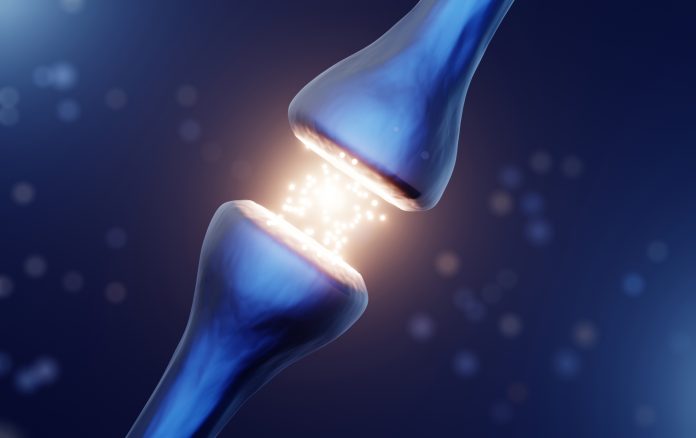
UC Riverside (UCR) scientists have shown they can slow the progression of Huntington’s disease symptoms in fly and worm models, opening the door to treatments for this condition. Huntington’s causes involuntary movements and dementia, currently has no cure, and is fatal.
“We are first to discover that a type of chemical modification, called methylation, occurs more frequently with extra repeats in RNA. Then we see abnormal distribution and buildup of a particular protein in cells,” said Yinsheng Wang, distinguished UCR professor of chemistry. “In other words, methylation converts an important cellular protein into waste.”
“We don’t think the mechanisms we studied are the only ones that contribute to Huntington’s,” Wang added. “However, we have shown that by targeting them we can reduce the disease in model organisms, which could lead to longer, better lives for those who suffer from this and potentially other diseases as well.”
Wang was senior author on this paper, which appeared in Nature.
Repeated CAG sequences of DNA are associated with earlier onset and increased severity of Huntington’s disease symptoms. Similar observations have been made for a number of other neurodegenerative diseases. When these DNA repeats are translated into RNA, the cell chemically modifies the extra RNA buildup. Wang and his collaborators learned that the modified RNA plays a crucial role in neurodegeneration.
Such findings have also been made in ALS and frontotemporal dementia patients. Longer RNA repeats mean a higher modification rate, which generates more protein waste and exacerbates disease.
“Even healthy people have up to 34 CAG repeats on a particular gene, the HTT gene,” Wang said. “However, due to environmental or genetic causes, there might be as many as 100 CAG repeats in the cells of people with Huntington’s disease.”
Long, repetitive RNA sequences can turn into an excess of protein in cells, creating “cellular trash,” which has toxic effects.
This Nature paper details how RNA methylation on CAG repeats is implicated in the complex mechanism underlying Huntington’s disease. The study also explains how the researchers greatly reduced the progression of disease in worms and fruit flies and extended the lifespan of flies by introducing a protein into cells that removes methylation.
There is currently no way to cure or even slow the progression of Huntington disease. Healthcare providers typically offer medications to help with some symptoms. Because RNA repeats are present in similar diseases, like ALS and certain types of spinocerebellar ataxia, the door is open to treatments for these other fatal, degenerative diseases.













